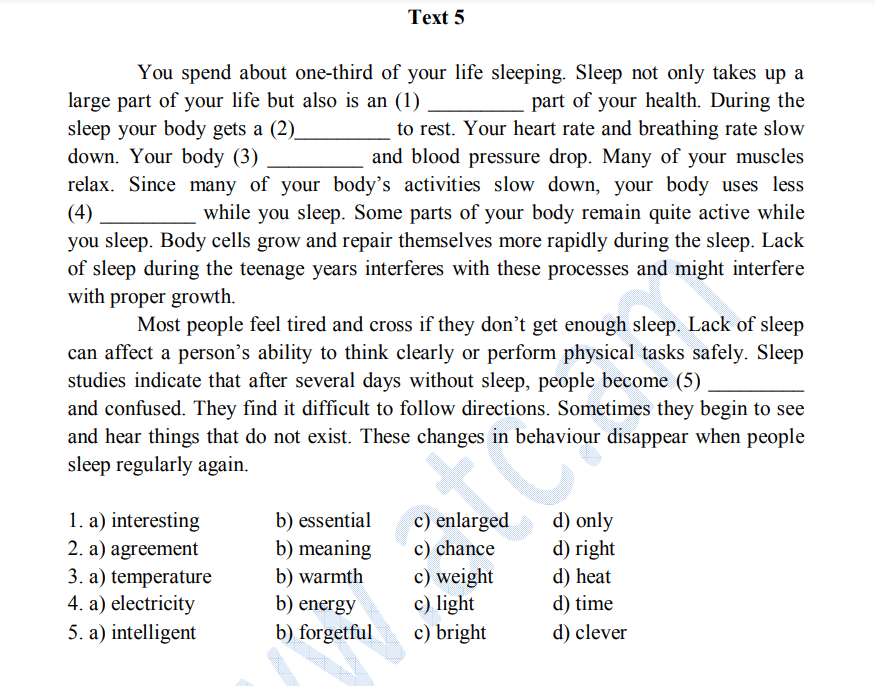
Whether you like it raw, sashimi-style, flash-fried as part of a sushi roll, or chopped up in a Poke-style sushi bowl, eating raw fish no longer frowned upon in the US – and just about everyone has tried sushi at some point.
Whether you pair it with a glass of sake, a cocktail, a glass of wine, or any other beverage, sushi offers a unique and flavorful eating experience that’s unlike anything else. The cold, firm fish combined with rice, sauce, and other ingredients is truly one-of-a-kind and delicious.
Sushi has quickly become one of the most popular international dishes over the last century or so, and it’s easy to find a sushi restaurant anywhere in the world – especially in the United States, where there are over 4,000 sushi restaurants. But how did this delicious dish get its start, and become so popular in America? Was the idea of eating raw fish always accepted among the populace? Who is responsible for the popularity of sushi?
Get the answers to all of these questions – and more – by reading this article. We’ll give you a brief history of sushi around the world and in the US, and discuss why it’s so popular today. Grab a glass of sake and a piece of sashimi – and read on to get all of the details.
The Origin of Sushi
Sushi traces its origins back for millennia, to the rice fields of Asia – China, to be specific. This may be shocking to you, as most people assume that sushi was first created in Japan. However, this is not the case. While Japan is certainly the sushi capital of the world – and responsible for introducing the dish to travelers – sushi traces its origins back to a Chinese dish called narezushi.
This dish consisted of fermented rice and salted fish. And, despite what you may think, it wasn’t fermented and salted for flavor. The dish’s earliest known origin was in the 2nd century BC – so it predates refrigerators by nearly 2,000 years.
Because of this, narezushi was actually a very practical dish. The rice was fermented to preserve it, and the fish was also salted heavily to prevent the growth of bacteria and microorganisms – keeping it fresh longer, even when stored without any kind of refrigeration. And, interestingly, the rice was typically thrown out when eating the fish. It was used only to wrap and preserve the fish.
The dish spread from China to Japan in the 8th century. The first reference to “sushi” appeared in the Yoro Code, written in the year 718.
Over the following centuries, the dish slowly began to change. The Japanese began eating three meals a day, boiling their rice, and using rice vinegar to help ferment the rice more quickly. The smell of the preserved fish was still strong – but a faster fermentation process helped reduce the time it took to create the Japanese sushi dish.
By the middle of the 18th century, sushi spread to Edo, where three famous sushi restaurants – Matsunozushi, Kenukizushi, and Yoheizushi were opened. Thousands more of them followed in the late 18th century. One writer in 1852 said that for every 100×100 meter square block (cho) in Edo, there were 1-2 sushi restaurants!
However, this sushi was not quite the same as the sushi we know today. It was often cooked – due to a lack of refrigeration – and served in larger pieces. If you want to trace the history of sushi as we know it today, you’ll have to look at a chef by the name of Hanaya Yohei changed the world of sushi forever.
He found that, instead of just throwing out the rice, it could be tossed with a bit of vinegar, and a small sliver of fish could be placed on top, making a flavorful, bite-sized treat that was delicious, portable, and affordable for the masses. Thus, nigiri was born – and the history of sushi as we know it in the West began in Japan. Shortly thereafter, this dish would start to spread throughout the world.
Sushi in Western Culture
Sushi had been introduced to the West by the early 1900s, following Japanese immigration after the Meiji Restoration. However, it was not popular among anyone except the upper-class, and as Japanese immigration declined in the late 1900s, it became much less common.
Sushi began becoming more popular again in the United States a few years after the conclusion of World War II, when Japan once again became open for international trade, tourism, and business. In the 1960s, this trend began to take hold in America in earnest, and middle-class Americans began trying sushi for themselves – and loving it.
Like most elements of food history, there is a great deal of debate surrounding exactly which restaurant introduced sushi to Western Diners – and it’s really not possible to determine exactly who was responsible for doing so.
However, Kawafuku Restaurant of Los Angeles is often credited with this honor – as it was one of the first restaurants to offer sushi. As you can imagine, though, the idea of eating raw fish took a little while to catch on in America – but by the late 1960s, sushi had become trendy, and new sushi restaurants were opening up all across the country.
To help Americans get used to the idea of eating sushi, many restaurants began experimenting with new taste combinations and sushi rolls. One of the rolls that became the most popular among Americans was the now-ubiquitous California Roll, which is an inside-out “makizushi” roll with cucumber, crab meat (or imitation crab meat), and avocado with white rice.
This flavor combination was instantly appealing to diners – and because the crab meat was cooked in the roll, diners didn’t have to be squeamish about eating raw fish – and as they got used to the idea, they were able to branch out into more traditional sashimi and nigiri dishes. Just like that, sushi restaurants became a national phenomenon.
Looking to the Future
Sushi is one of the most widely-eaten foods across the country. Even the least-adventurous diners among us have likely at least tried a sushi roll such as a California roll – and thanks to the continuous spirit of innovation among chefs, there are always new rolls and dishes to try.
This centuries-old Japanese staple has become a modern classic, and there are now hundreds of different sushi rolls you can try – with new rolls being created every day. From sushi using non-traditional ingredients such as raw and cooked beef, to other modern innovations like sushi bowls and sushi burritos, chefs all around the country are constantly trying new things.
Even if you’ve never been a fan of traditional sushi rolls, it’s easier than ever to find a sushi roll that you’ll enjoy. And the history of this dish is far from over – in fact, it’s still being written! In the future, we expect that more chefs will continue to experiment just like Hanaya Yohei did – and craft new dishes using raw fish and other traditional sushi ingredients.
We can’t wait to see what the future will hold. But, until then, expect to find us holding a pair of chopsticks in one hand, a glass of sake in the other, and sampling all of the current sushi rolls and dishes that are on offer at sushi joints across the country. Join us, won’t you? And don’t forget to bring your appetite.
The History of Sushi: A Story of Time and Taste
We hope that you’ve enjoyed this brief guide and overview of sushi’s history in America and throughout the world. This dish has grown in prominence in just a few decades, and it’s always fascinating to trace its history back to ancient times, and see how it’s changed and grown over the years, thanks to modern innovations like refrigeration, which have enabled sushi to be served everywhere in the world.
And if you love sushi as much as we do, you’ll definitely want to check out a few of our six locations, and see what dishes our chefs have cooked up, using both traditional and non-traditional sushi ingredients. We’ve got something for everyone – guaranteed.
So get in touch with us right away for more information about our menu and what we’ve got to offer. We have rolls for every palate – whether you’re an adventurous eater, or a sushi newbie who is still somewhat dubious about the idea of eating raw fish. At Roka Akor, you’re sure to discover your next favorite roll – crafted with love, and drawing from millennia of tradition.
















